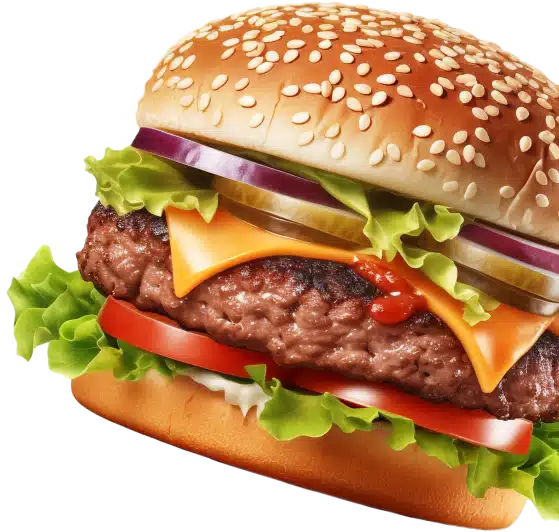If you have already invested in these astonishingly good-looking dummy foods, the next question you probably have is how to care for them. Since these replica foods are made from synthetic materials, they require minimal care.
We at Replica Gallery use materials like PVC and silicone to create hyper-realistic food models. Here are some tips to ensure that your display foods look fresh for years.
Materials used to make replica foods
Before we get into the tips and tricks that ensure your faux food looks stunning every day for years, let us understand the materials used to create these masterpieces.
During the early Taisho period in Japan (1912-1923), food replicas were made from moulds created from the actual food. Paraffin wax was poured into moulds that were created by applying agar jelly on actual food items. Sometimes washi paper or cotton lining was also added to reinforce these moulds. Later, these moulds were hand-painted to mimic the original.
Then, during the early Showa period (1926-1989) dummy foods were made from wax. Replica food was commercialized by Takizo Iwasaki who founded the Iwasaki Group in 1932. He was the first person to commercialize replica foods.
By the late 1970s, replica foods switched from being made of wax to resin and other substances. The wax replicas had low durability and definition. The introduction of materials like silicone, resin, and PVC, enabled artisans to create hyper-realistic models that one would not be able to tell apart from the original.
Today, replica foods are only made of materials like silicone, resin, plastic, PVC, and clay.
Tips to take care of your replica foods
One of the most common questions concerning the care of replica foods is whether they can be cleaned periodically. Since these are made from synthetic materials, they can be cleaned often without the fear of wear and tear.
- You can clean your replica food models with a soft cloth or an air blower, no matter the material they are made from.
- Some food models can also be cleaned by cleaning them in soap water, without any damage.
- Avoid using harsh chemicals to clean your replica.
Proper storage of replica foods
To ensure that your replica food remains in its pristine condition, proper storage of them is recommended.
- Storing in acrylic boxes. – One of the ways you can ensure that your dummy foods remain vibrant, is to store them in acrylic display boxes. These boxes help shield your replica from the elements.
- Plastic Wrapping. – You can also wrap your dummy foods in a layer of plastic cling film. This layer of protection protects your food models from dust, dirt, and other elements.
- Place them in enclosed shelves or cabinets. You can store your replica food models in enclosed shelves or cabinets that can protect them from accumulating dust.
- Place them in a padded container. Storing them in a padded container gives an extra layer of cushioning.
Additional Tips
Here are some of the “what not”s to do when handling your replica food items.
- Protect from moisture. It is recommended to protect your replica food models from moisture. Store them in a dry and ventilated area. Prevent them from being exposed to high humidity or damp environments.
- Handle your replica food with clean hands.
- Avoid getting oil or grease on your replica food items, as they either stain or damage the surface.
- Dust off your replica foods periodically. The accumulated dust hinders the striking appearance of your food model.
- Retouch your replica models if you feel the colours fading.
- Avoid keeping them under direct sunlight. Add an extra layer of protection before displaying them out in the open.
- Avoid harsh chemicals or abrasive cleaning agents to clean your replica food models. These can damage the appearance of the food models.
By following these simple steps, you can ensure the longevity of your food models. Remember that little effort and maintenance of these stunningly realistic food models, goes a long way in keeping your display foods picture-perfect!





